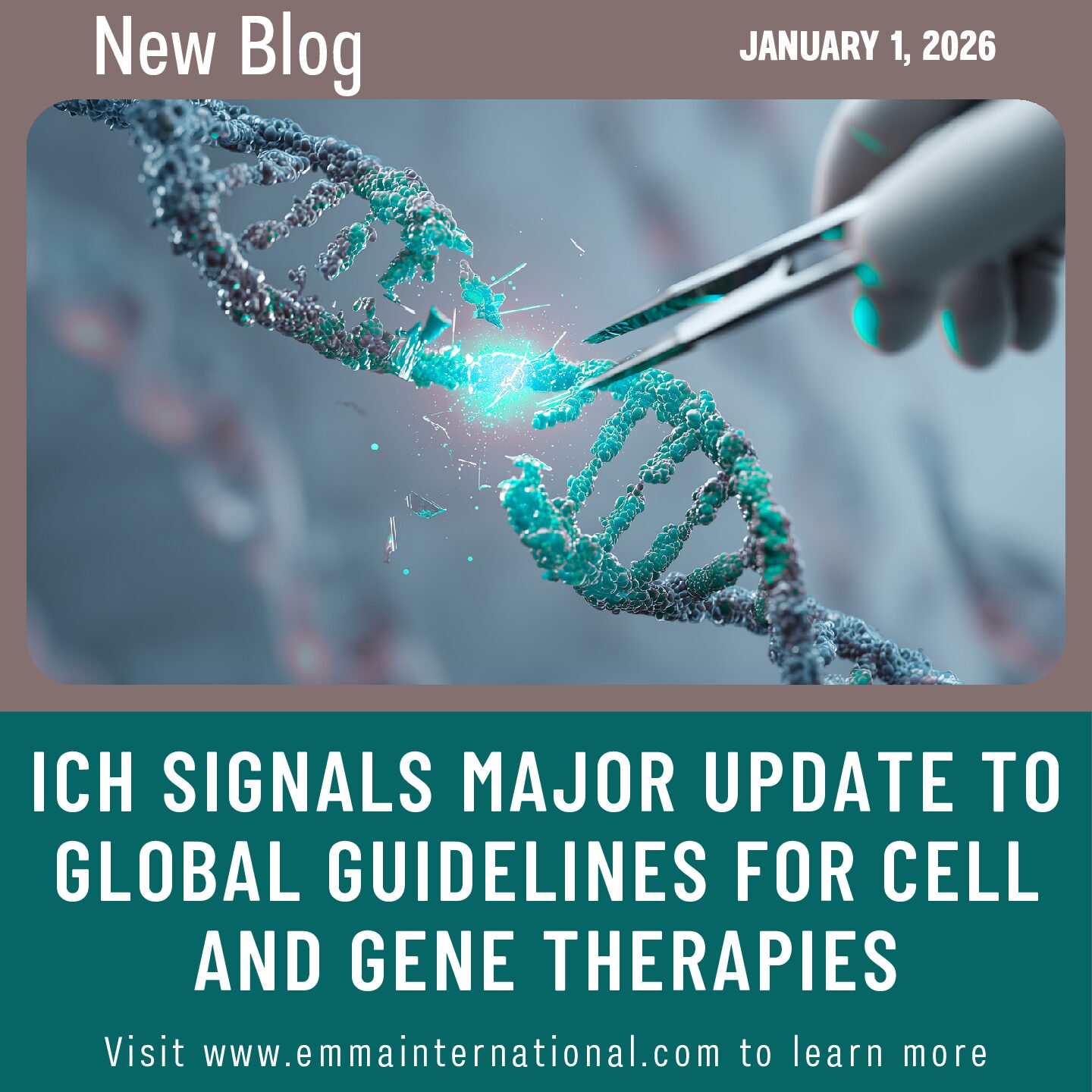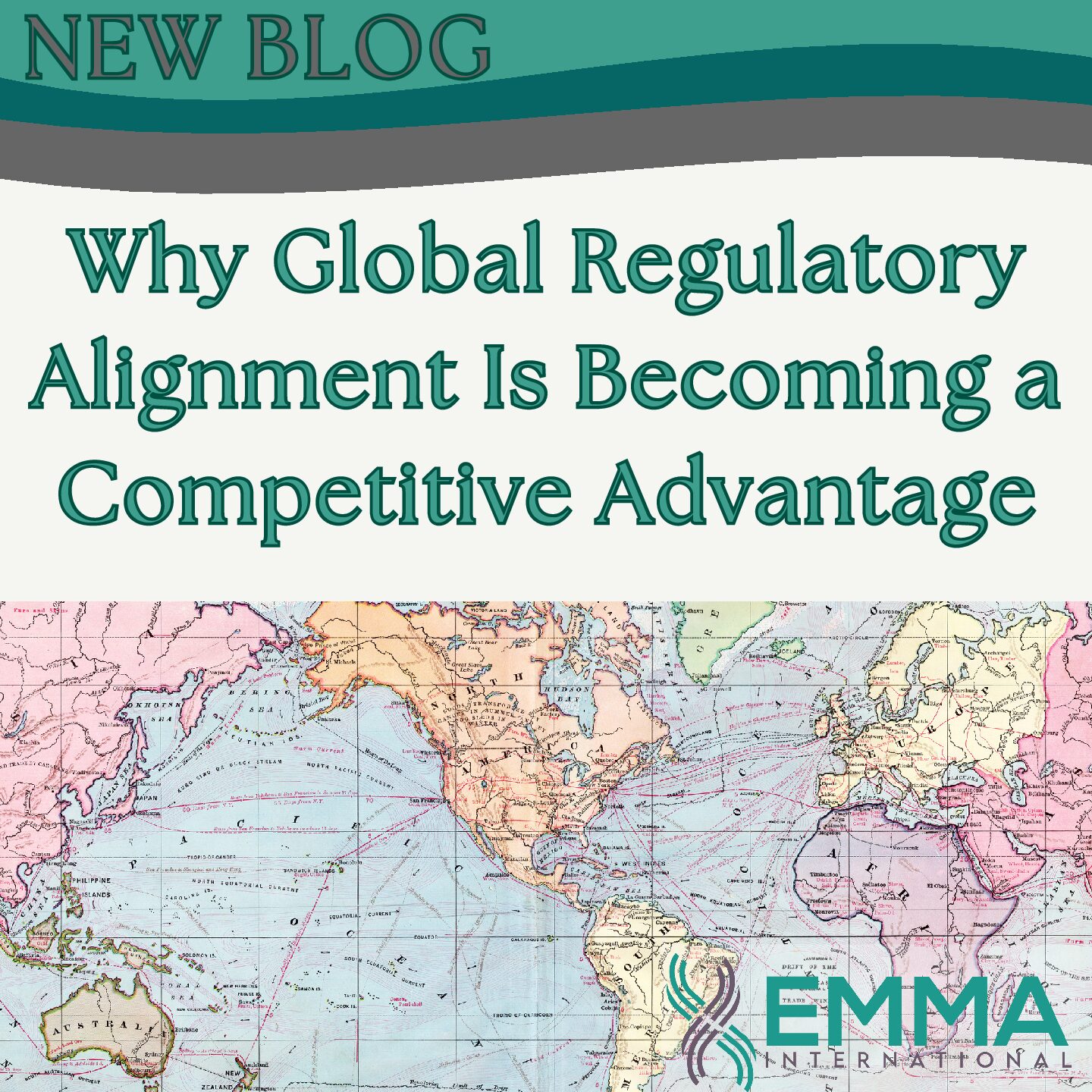Visual inspections ensure that visible particulates are not present in products manufactured by an organization. Particulates are undissolved particles that are unintentionally present in an injectable product. They can vary in nature and are divided into three categories.
The three categories are inherent particulates, intrinsic particulates, and extrinsic particulates[1]. Inherent particulates are particulates that are innate product characteristics. Intrinsic particulates are particulates that are derived from the manufacturing equipment, product formulation, or container system. Lastly, extrinsic particulates are particulates that originate from the manufacturing environment and are foreign to the manufacturing process.
The inspection process for a product should be designed and qualified to ensure that the products are free of any particulates. Each final container should be inspected using a qualified method to detect particulates. This process is considered 100% inspection.
The risks associated with particulates in finished products can vary. Some serious adverse events can be avoided through vigilant assessment at the beginning of the manufacturing process. Manufacturers may include filters to help remove particulates. The best way to avoid particulates in final products is through 100% inspection followed by a sample of each batch for acceptance quality limit testing. Products such as injectable pharmaceuticals or vaccines are specifically prone to the risk of particulates.
A visual inspection program will ensure that visible particulates in injectables do not jeopardize patient safety. If your company needs assistance with developing a program to ensure particulates do not make it to the patients, EMMA International can assist. Contact us by phone at 248-987-4497 or by email at info@emmainternational.com.
[1] FDA (December, 2021) Inspection of Injectable Products for Visible Particulates. Retrieved on March 28, 2022 from https://www.fda.gov/media/154868/download





